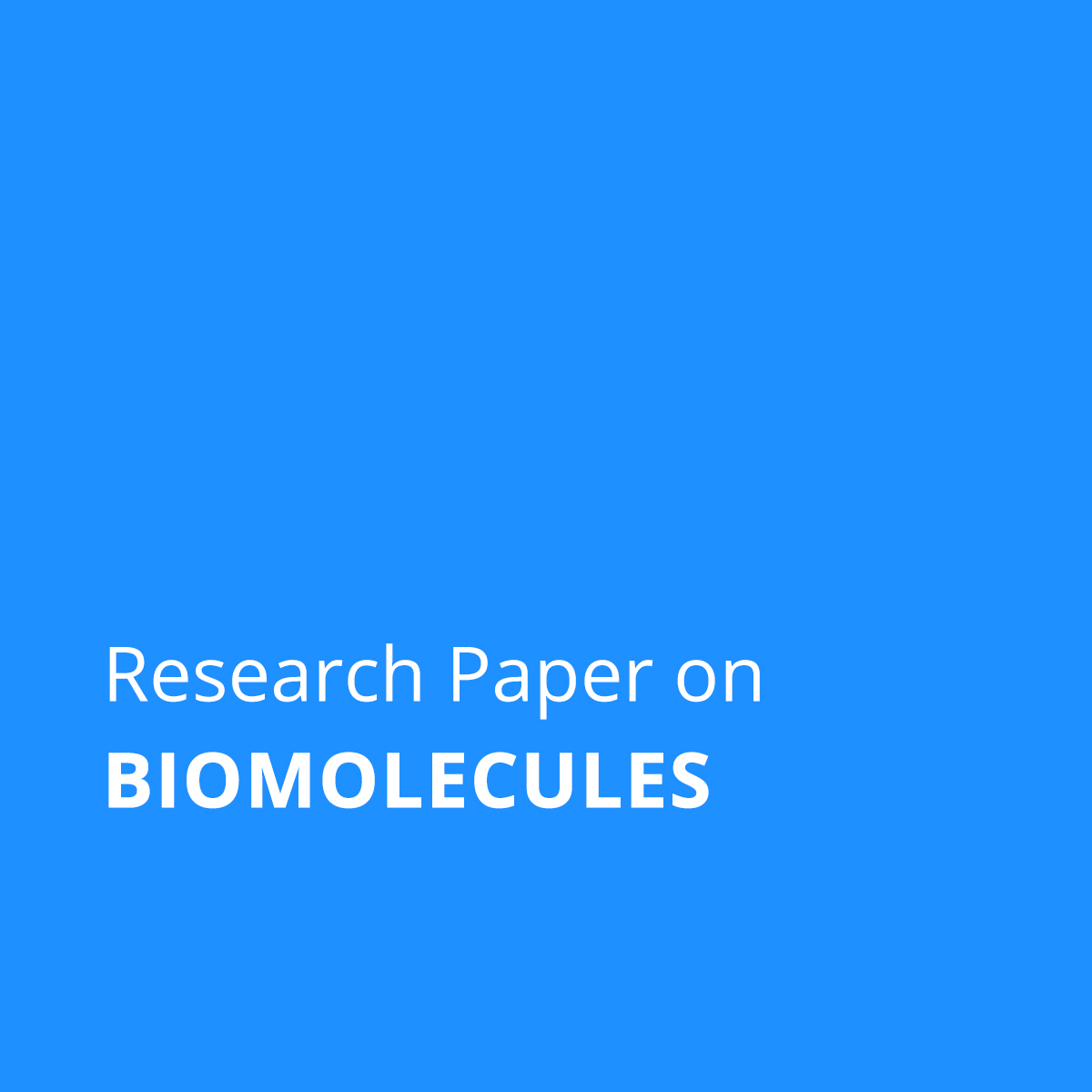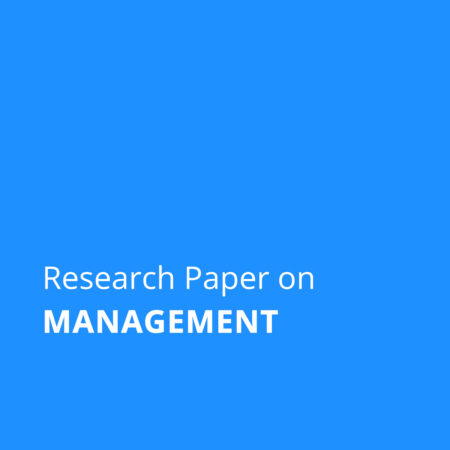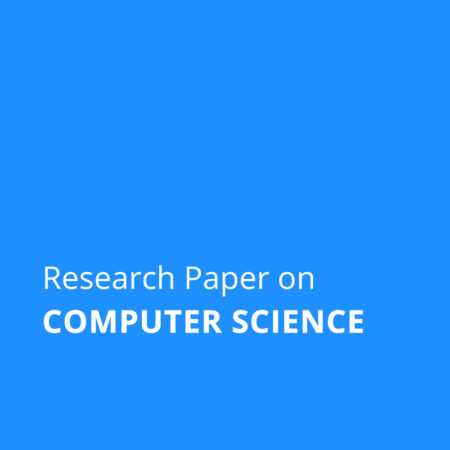Description
Title: Iron in Alzheimer’s Disease: From Physiology to Disease Disabilities
Abstract: In the processes of neurodegeneration, reactive oxygen species (ROS) are important players. Increased oxidative stress leads to the loss of biometal homeostasis and harms the lipids, proteins, and nucleic acids in brain tissue. In light of this, attention has been drawn to transition metals used in A number of biochemical processes result in ROS. Even though a large body of research has revealed how metals contribute to the development of the toxic pathways at the root of Alzheimer’s disease (AD), the Amyloid Cascade Hypothesis has cast doubt on this issue. The relationship between metals and AD has, however, been researched in the last 20 years, with a particular emphasis on their local accumulation in brain regions that are known to be crucial for AD. Recent research found a link between iron and AD, particularly in terms of iron’s ability to raise the disease’s risk through ferroptosis. In this review, we briefly summarize the key elements defining how iron functions in our bodies and explain why, despite being vital to life, we must keep an eye on any dysfunction, especially if we want to reduce our risk of AD.
Keywords: Alzheimer’s disease; ferroptosis; iron; ceruloplasmin; reactive oxygen species
Paper Quality: SCOPUS / Web of Science Level Research Paper
Subject: Biomolecules
Writer Experience: 20+ Years
Plagiarism Report: Turnitin Plagiarism Report will be less than 10%
Restriction: Only one author may purchase a single paper. The paper will then indicate that it is out of stock.
What will I get after the purchase?
A turnitin plagiarism report of less than 10% in a pdf file and a full research paper in a word document.
In case you have any questions related to this research paper, please feel free to call/ WhatsApp on +919726999915



Reviews
There are no reviews yet.